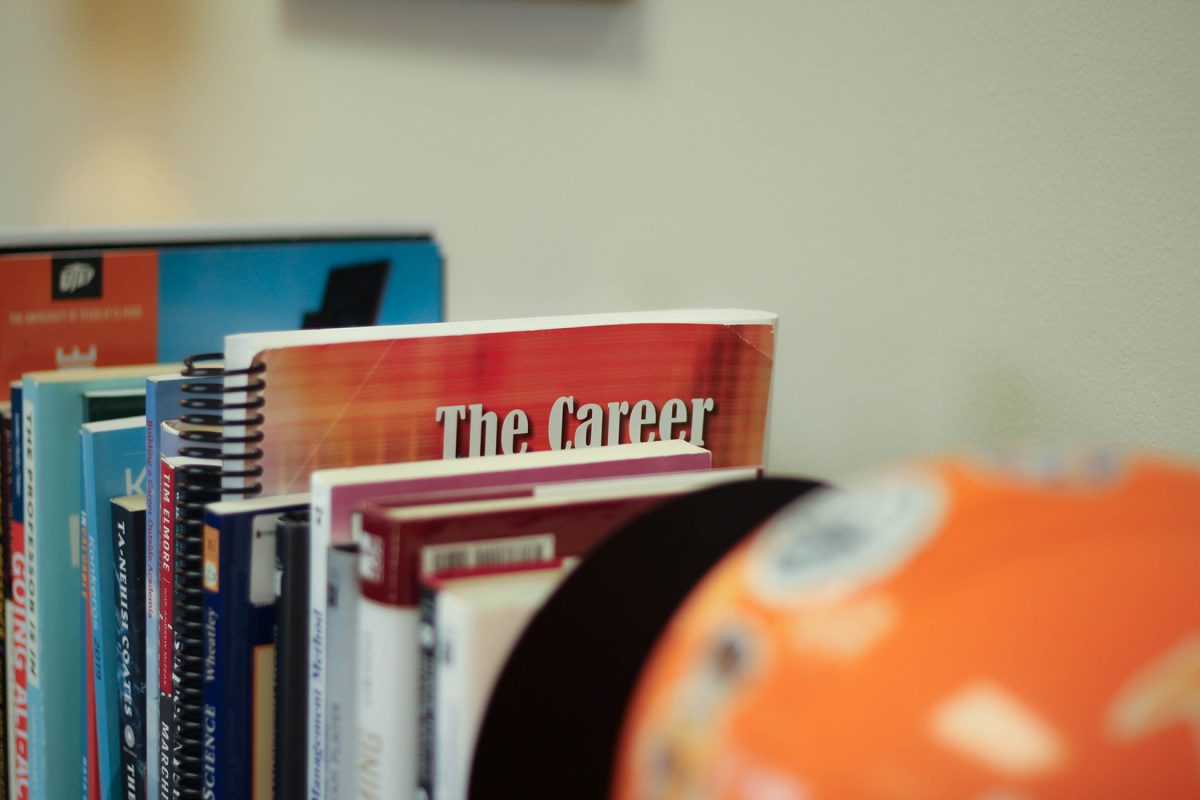WASHINGTON – Refugees from Bhutan began arriving in the United States in 2008, fleeing from the Bhutanese government’s discriminatory social and political rule. About a year later, large numbers of refugees from Myanmar also came to the U.S.
Burmese and the Bhutanese are the two largest refugee groups who resettled in the U.S. in 2011 – 56 percent – according to a study that discusses the major social, cultural and educational challenges these communities face.
The number has been increasing. From 2005 to 2011, the U.S. admitted 77,265 refugees from Burma. And from 2008 to 2011, refugees from Bhutan totaled 46,058. Those numbers came from a report by the Asian & Pacific Islander American Scholarship Fund and the Association for Asian American Studies. The report found that 30 percent of Burmese Americans live below the poverty line.
“Today the number one refugees coming to the U.S. are from Bhutan and number two is Burma,” Neil Horikoshi, president and executive director of the scholarship fund, said.
Myra Dahgaypaw, a board member of Karen American Communities Foundation, talked about the challenges that Burmese and Bhutanese refugees face after they come to the United States. Dahgaypaw, a political refugee from Myanmar, formerly called Burma, came to the U.S. 25 years ago.
She explained how terrible the education system was.
For 10 years she and the other kids in hometown studied under the trees. They used little blackboards for notebooks and slender rocks from the river as pencils. She used notebooks for the first time when she came to a refugee camp. They learned everything by reciting in their local language, as there were no textbooks. She cited language as the major challenge for the refugees.
On the other hand, while Bhutanese refugees face similar problems, there was a silver lining because there were schools near the camps, and they were allowed to attend nearby universities. But the stigma of being a refugee still clings to them and the result is few jobs.
Talking about how difficult it is for children to adjust in different social environment, Dahgaypaw said, “I feel the pain of these children.”
Janelle Wong, associate professor, University of Maryland, College Park, said, “these communities do not arrive by choice but, by circumstances, and their experience is not defined by privilege, but by trauma.”
Burmese Americans face serious economic and educational challenges. The high school dropout rate is 40 percent. The U.S. dropout rate in 2009 was 3.4 percent, according to the U.S. census.
“Government funding for orientation programs, programs for English language programs and for all sorts of basic social services are really critical for the people of these communities,” Wong said, emphasizing local governments’ roles in everyday lives.
Asked if the organization has any educational plans in mind for the children, Horikoshi said the major barrier these organizations face is that they don’t have enough money to sponsor large-scale programs on their own.
“This is the worst education attainment rate of any community, ever, and organizations need to take interest in these problems in order to fund the programs,” he said.
Dahgaypaw agreed that these programs are important.
“But the biggest question that comes up is who will be doing the work, because the people in the community do not have the capacity and knowledge to do such a thing,” she said.
Reach reporter Kritika Gadhvi at [email protected] or 202-326-9868. SHFWire stories are free to any news organization that gives the reporter a byline and credits the SHFWire.




